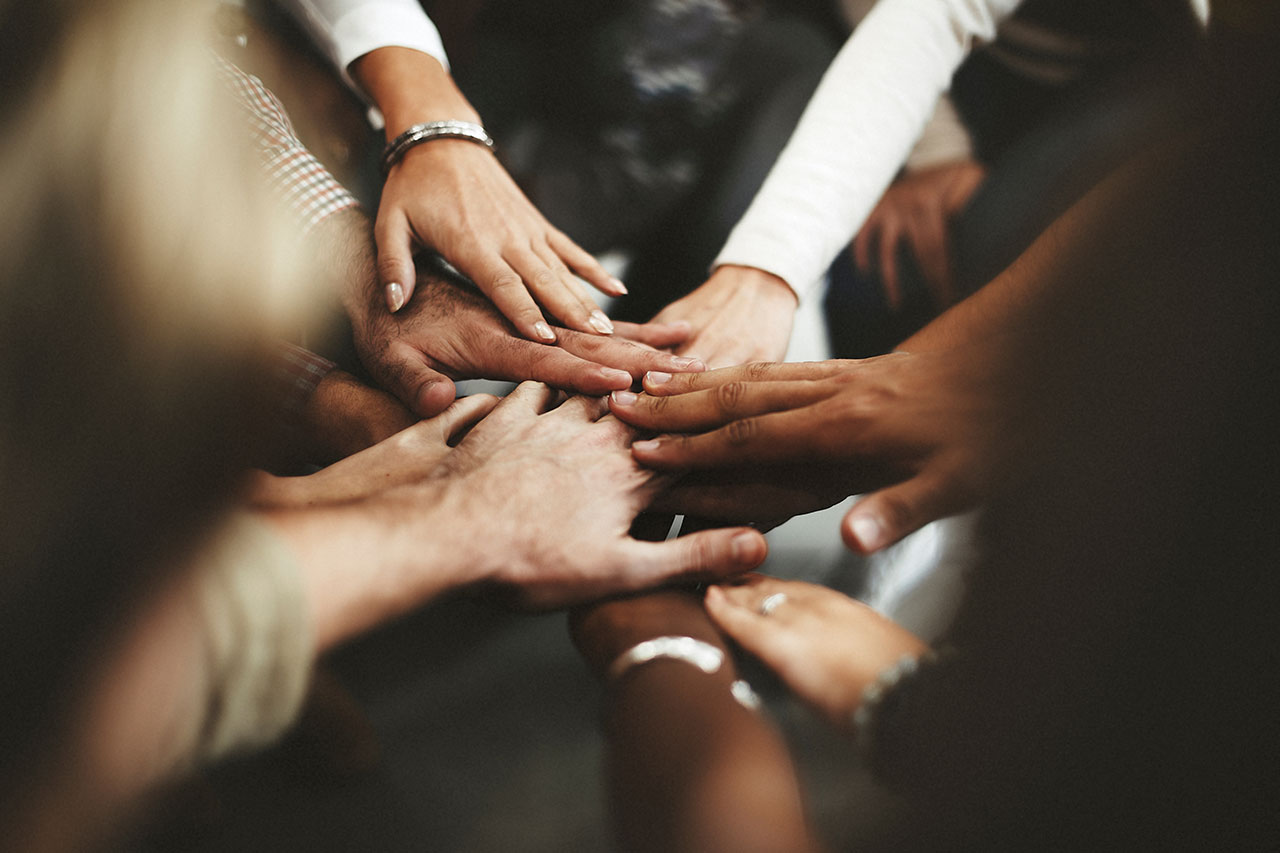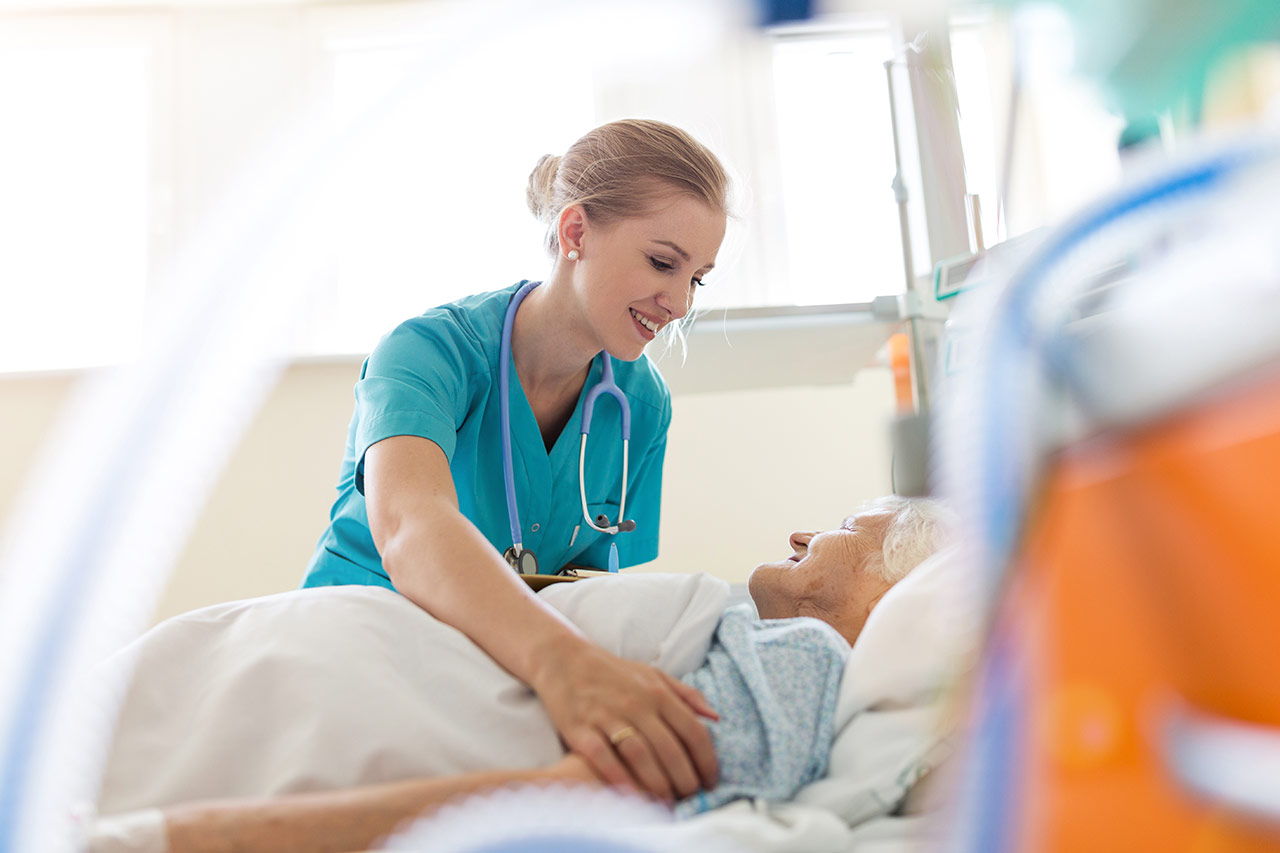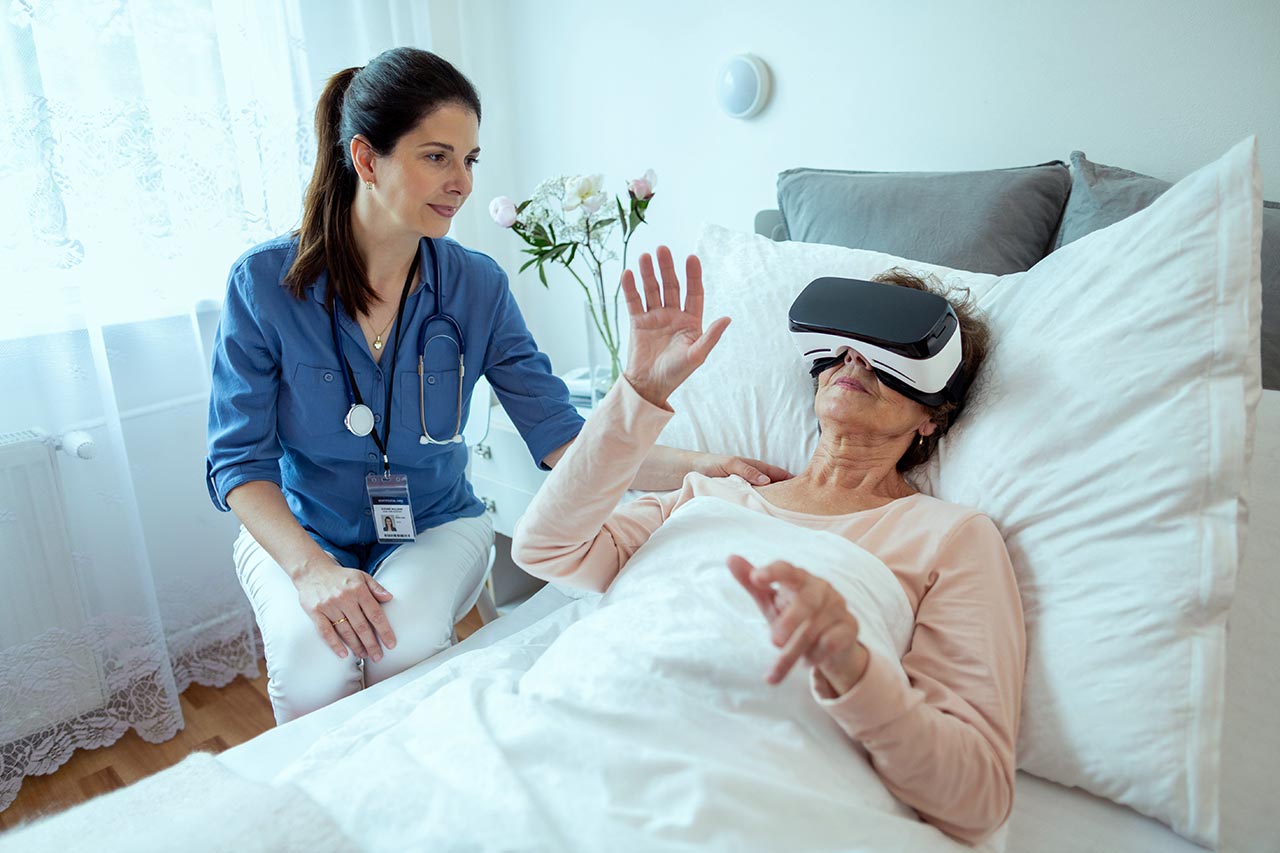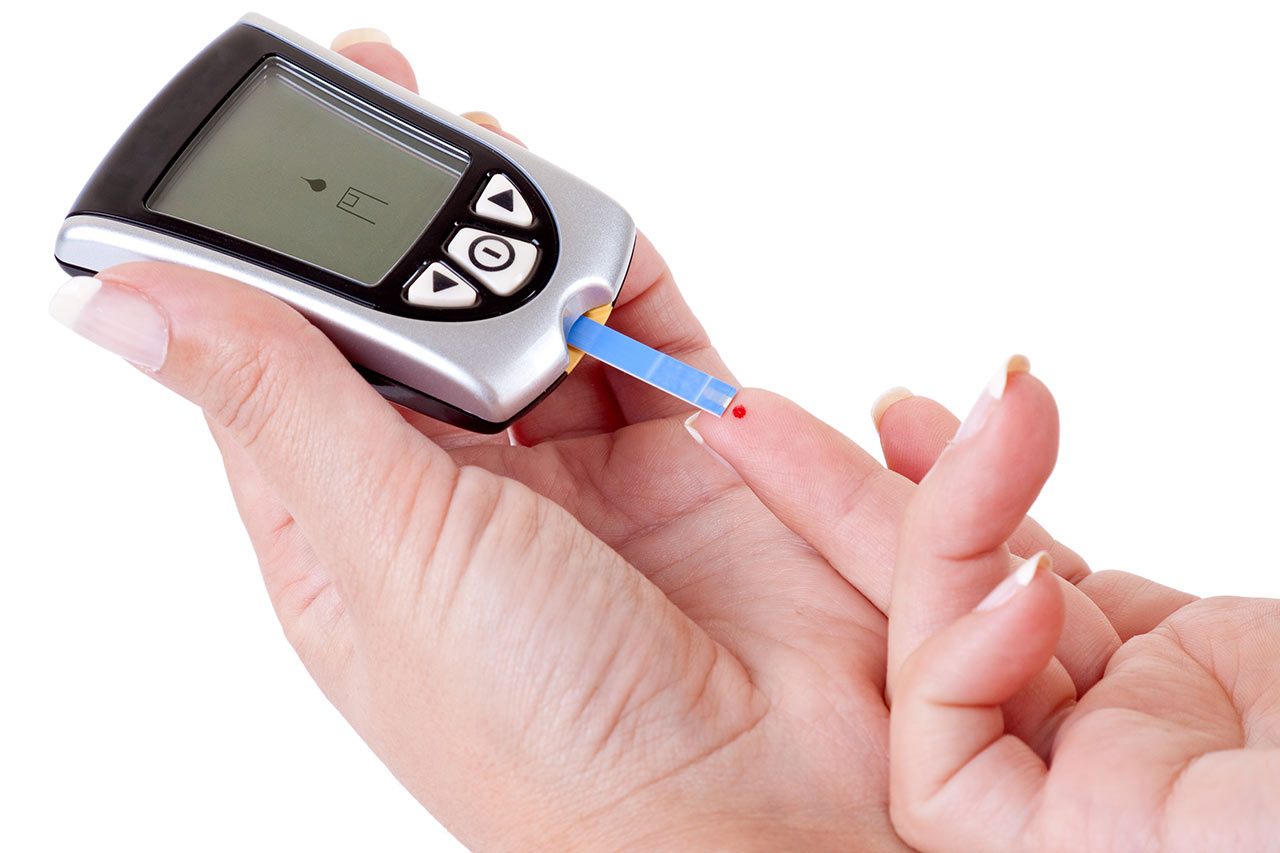What are rare diseases?
Even though the terms ‘rare’ or ‘orphan’ diseases refer to a small number of affected patients, the very first thing to know about them is that they are not so rare. There are:
- 7000 to 8000 different diseases
- 3+ million patients in France, 30+ million in Europe and 300+ million people worldwide
That means 300 million people who are struggling with inequitable access to diagnosis, treatment, and social opportunities.
In Europe, a disease is considered rare if it affects less than one person in two thousand. The diversity of diseases is tremendous, be it in terms of their origin – 72% of them are genetic and 28% have other causes (infectious, environmental, autoimmune, cancers, etc.) – the symptoms caused or the severity. Nevertheless, affected patients experience similar difficulties on their path: the lack of scientific knowledge, the diagnostic journey, misdiagnosis, and isolation, to name a few. With this perspective, patients, their families, and associations rolled up their sleeves to form a united front to face the struggle.
The rarest day of the year
On February 29th of 2020, the rarest day of the calendar, the world celebrated the 13th Rare Diseases Day. This international event is organized by EURORDIS, a European non-profit alliance that brings together 894 rare disease patients’ associations from 72 different countries.
The three key messages of this year are:
- ‘Rare is many worldwide’
- ‘Rare is strong everyday’
- ‘Rare is proud everywhere’
What we have to understand is that not only are rare disease numerous, but they are also found all around the world. The distances between patients themselves and between patients and the appropriate specialists greatly limit the quality of care. Nevertheless, “the community is connected across borders and diseases to raise awareness and advocate for equity” and it is this unity and empowerment which is their strength.
Uniting around patients
There is probably no better example when it comes to patient empowerment than rare diseases. The European Patients Forum defines patient empowerment as a “process that helps people gain control over their own lives and increases their capacity to act on issues that they define as important”. Patients suffering from orphan diseases didn’t wait to be given the power, they took it at a time when they saw that rare disease topics were not addressed enough.
To understand how that is being done in France, we had the opportunity to discuss with Ms. Nathalie TRICLIN-CONSEIL, president of Alliance Maladies Rares, a collective of 230 patient associations which represent the voice of the 3 million French patients.
According to her, “in France, it all started in the 90’s” with the Téléthon of the Association Française Contre les Myopathies (AFM). They reproduced the American concept of a 24-hour charity TV program to raise money to finance research. Against all odds, during the first edition of ’87, donations exceeded 30 million euros. The peak was reached in 2006 with almost 107 million euros, which places the Téléthon among the biggest charity events in the world. The Téléthon paved the way and “today many other patient associations are not only fighting for the awareness of the diseases but are also financing projects and research”, underlined Ms. TRICLIN-CONSEIL.
Now, France has a unique Rare disease platform created in 2001 regrouping 6 actors: Orphanet, Maladies Rares Info-Service, Alliances Maladies Rares, GIS-Institut maladies rares, Eurordis and AFM-Téléthon. It aims to enable collaborations and go beyond what could be achieved separately.
One such project that Alliance Maladies Rares has recently launched is an experiment regarding patients’ support to accelerate the rise of new professions. The “rare disease companion project”, intended for isolated patients facing roadblocks on their care pathway wants to help them build confidence and to teach them how to ‘do it’ again. This program is being tested (article 92 – Guidance to Health Autonomy) until 2021.
An objection sometimes raised is that money allocated to rare diseases might be more useful for the research of ‘common diseases’, but as Ms. TRICLIN-CONSEIL explained: “all research efforts for rare diseases benefit science (e.g. our understanding of the genome through sequencing) and the acquired knowledge helps accelerate research in other areas.” As an example, the scientific advances on Progeria (a rare disease resulting in early aging) opened prospects to advance research for AIDS, cancer, and even natural aging.
Such projects and the associations’ search for funding opportunities are intrinsically linked to education and awareness. Firstly, the awareness of the general public, who are increasingly aware of rare diseases and the burden they represent in our society. Secondly, associations encourage healthcare professionals to more reflexively refer patients to other HCPs when they are unsure how to treate, thus promoting a “culture of doubt”, to help reduce cycling through therapeutic options, by presenting several therapeutic options at once from several perspectives.
Driving change
Within their fight to raise awareness, associations have also become drivers of health policies. In 2005, the Association Maladies Rares was a major contributor to the first French Rare Diseases Plan (a pioneer in Europe), focusing on access to diagnosis and care. The plan was followed by a second in 2011 with a third in 2018. The impulse of patient associations and their expertise enabled the creation of reference centers, competency centers and rare disease streams across the country, which transformed the care pathway and the environment of thousands of patients.
Patient associations and representatives have become key players in advancing rare disease management, and fighting to have a voice during the drug validation process. They succeeded, as evidenced by the HAS (Haute Autorité de Santé), responsible for the evaluation of existing and new treatments, encouraging patients to send any valuable information enriching the understanding of a disease, and allowing two patient representatives to serve currently as members of the Transparency Committee. Talking about success, the disease associations have been strong advocates for the expansion of prenatal screening, which has been extended to 12 diseases in 2020.
According to Ms. TRICLIN-CONSEIL, there is still a lot of room for improvement. Their goal for diagnosis is to have no undiagnosed patients and they will continue to fight for affordable treatments, as “the most important action is to ensure that no one is left alone!”.
Rare disease patients, their families, and patient associations can be very proud of the many achievements they won with their determination. Alcimed has always been engaged in this fight and will continue to participate to build the future alongside patients, associations, policymakers, and companies.
[1] Alliance Maladies Rares: https://www.alliance-maladies-rares.org/
About the authors
Victor, Consultant in Alcimed’s Life Sciences team in Belgium



